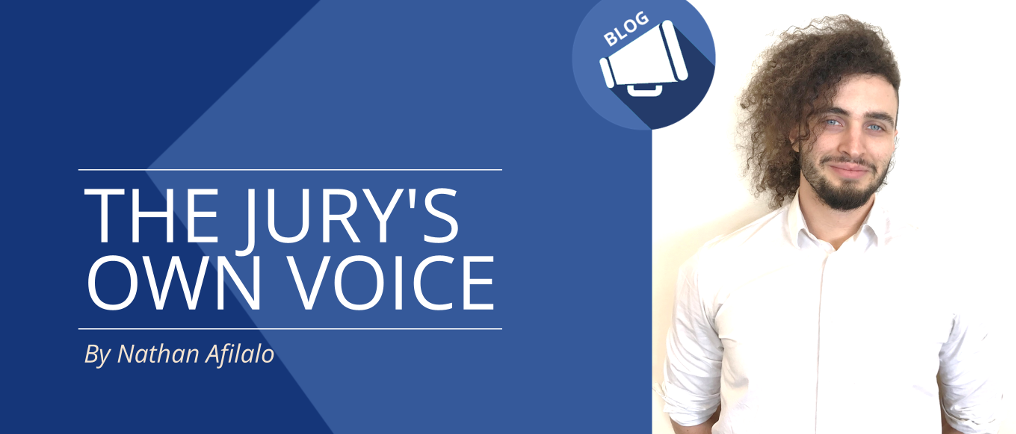The Jury’s Own Voice

The jury is said to be the conscience of a community (R v Sherratt). As the representatives of the public and the arbiters of culpability, jurors democratize criminal trials. Given the importance and authority accorded to that body, any changes to the law that determines how the jury is composed demands attention. In anticipation of the Canadian Institute for the Administration of Justice’s Provincial Roundtables on Jury Representation, we have provided a memo on the amendments to the jury selection process proposed in Bill C-75, An Act to amend the Criminal Code, the Youth Criminal Justice Act and other Acts and to make consequential amendments to other Acts. Our work details the omnibus bill’s changes to expedite the jury selection process and make juries more representative of the diverse communities that make up the country. We remark how the law amplifies and diminishes the power of the parties at play in criminal trials to determine the composition of the jury that will serve on it. Ultimately we note that it is the voice of the judge that emerges strongest.
Of Bill C-75’s many amendments, its elimination of the “two-trier” or “triers” process merits an introductory discussion due to its impact on the ability of the jury to fulfil its democratising function. In short, there are a few avenues through which the accused, the Crown, the judge and even the jury can impact the composition of the jury. One of these avenues are “challenges for cause.” “Challenges for cause” allow for counsel some means to root out bias and partiality of a juror. When any “challenge for cause” is made, the two jurors last sworn in are chosen to determine the veracity of the challenge. This is called the “two-trier” process (s.640 (2.2) of the Criminal Code) . Bill C-75 proposes to eliminate the “two-trier” process, making judges determine “challenges for cause” instead.
At first glance it seems like a wise decision to have experienced judges determine “challenges for cause” in order to expedite trials. But there are some good reasons to have jurors try “challenges for cause.” The“two-trier” process ensures that there is not a singular understanding of partiality that forms the jury. For each new “challenge for cause” that arises, two new jurors are required. No same pair of jurors determines more than one challenge. It is a multi-vocal approach to composing the jury, allowing it to remain diverse and representative of the differing views in a community. Though simpler, having a judge decide “challenges for cause” is a decidedly more constricted approach to forming the jury where the view of one person can homogenize the body of persons meant to be representative of myriad viewpoints. Diversity and impartiality on the other hand are the very things the “two-trier” process seeks to ensure.
In short, the “two-trier” process gives the jury itself, the representatives of the public, a role in deciding how it will be composed. This complex issue, and many more, can be found discussed in our work. We invite you to work through these with us.

